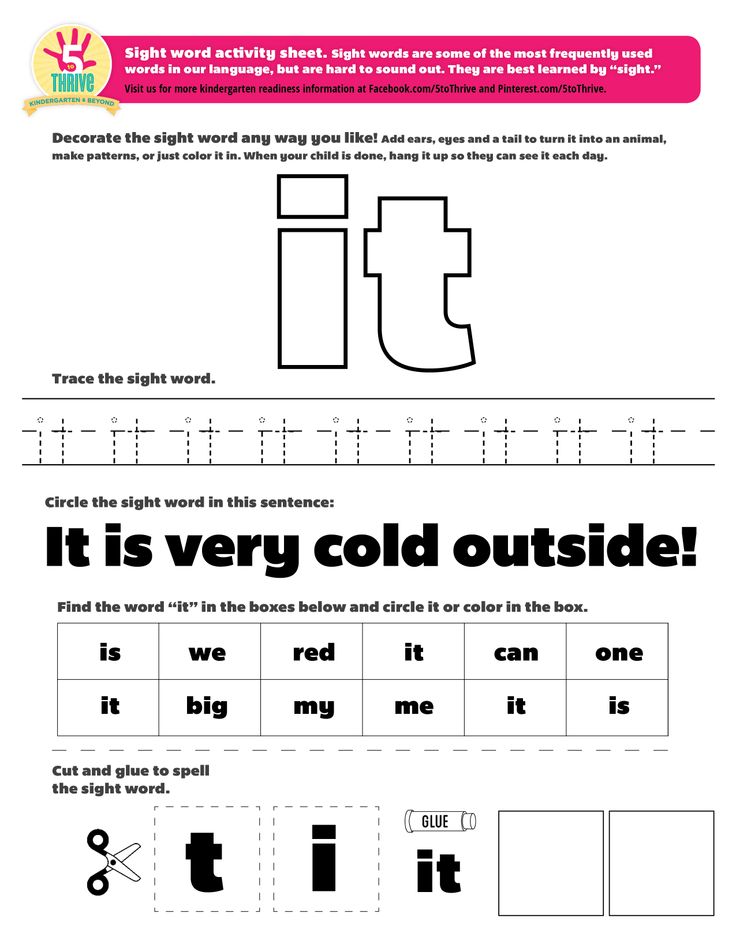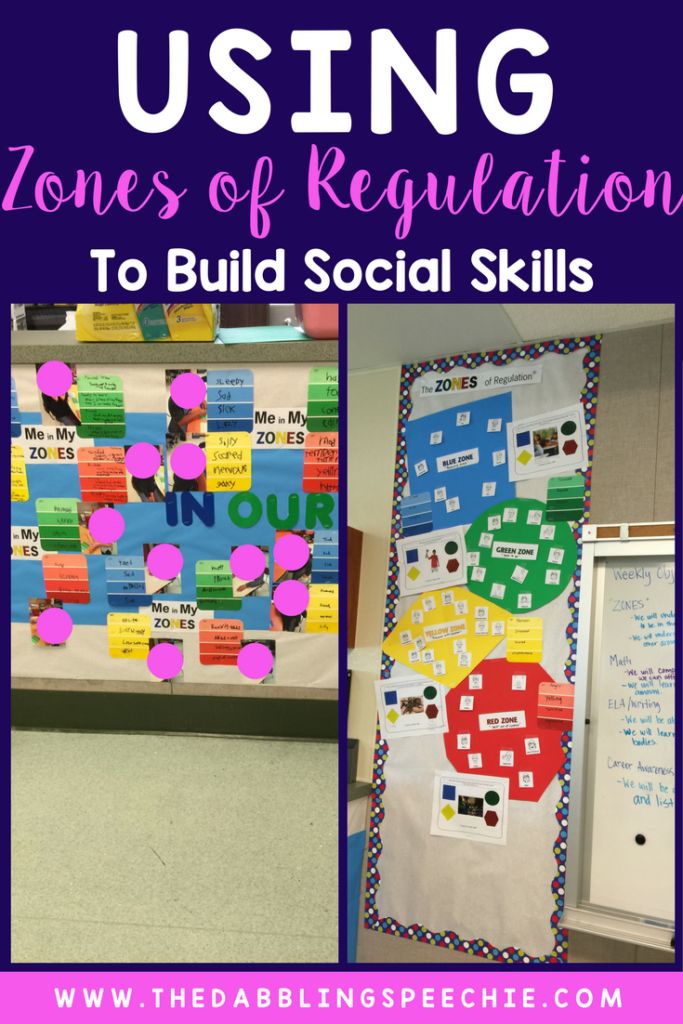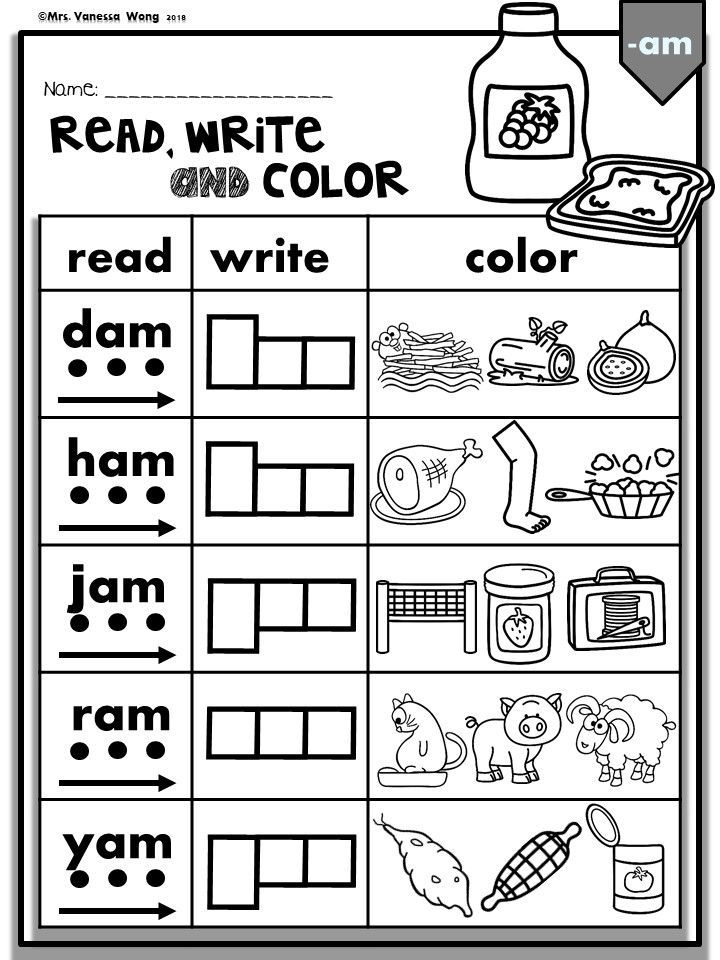When do kids learn to write letters
At What Age Should a Child Know the Alphabet?
As children grow, they naturally hit learning milestones. One of the most critical educational milestones a child must reach is learning the alphabet, which prepares them for reading and writing.
But at what age should a child know the alphabet?
In this article, you will learn at what age a child should know how to recite the alphabet, recognize and write individual letters, learn letter sounds, and eventually learn how to read. Read on to make sure your little one is on the right track!
At What Age Should a Child Know the Alphabet?
Recitation
Typically, by the age of three, children should be able to recite the alphabet. However, every child is different. Some toddlers may learn in their twos, and others might not pick it up until the late threes.
Children generally learn how to recite the alphabet through repetition. If you sing the ABC song to your kids often, they are more likely to pick it up quicker, just as they would any song.
Recognition
Most children can recognize letters between the ages of three and four. Most kids will recognize the letters in their name first.
For example, a boy named Jace will probably be able to remember what the letter “J” looks like as well as recognize most other letters in his name. Similar to alphabet recitation, use repetition to teach your children about recognizing individual letters. You may ask them, “What letter is that?” whenever you see an isolated letter.
Writing
By ages four to five, children will start writing letters. Children will learn to write the alphabet in preschool and kindergarten, but it may be beneficial to have your child practice writing his/her letters at home. Most children at this age know that written symbols represent messages and may be interested in writing on their own. One of the easiest ways children learn how to write letters is to begin tracing them.
Additionally, teaching your child how to write his/her name is an important step that will ultimately help them become familiar with writing the rest of the alphabet.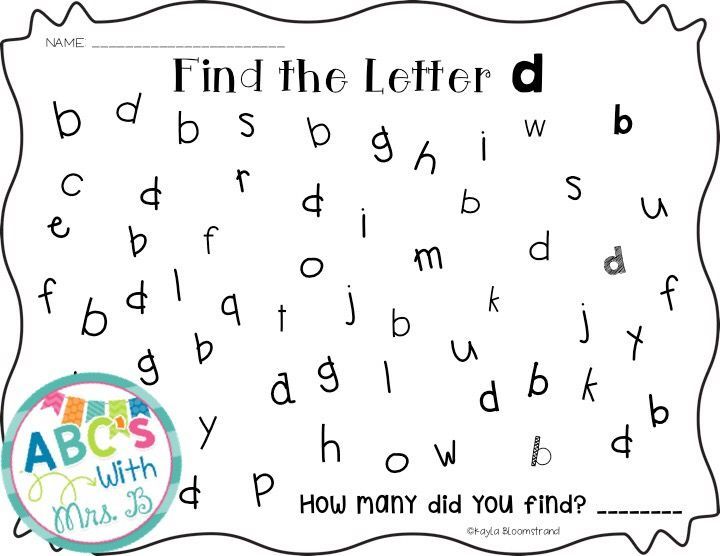
Sounds
By five years old, children will start to associate letters with their accompanying sounds, otherwise known as phonics. In other words, around the age of five, children should be able to reason that the word “book” starts with the letter B.
Children begin learning phonics in kindergarten, which is a vital step to decoding written text and begin reading.
Reading
By six years old, first graders should be able to read words aloud with ease. For the most part, children can recognize sight words and their names. Moreover, children can decode some words by sounding out their letter combinations.
By second grade, a child should be able to sound-out a simple book. By the third grade, your child should be able to read independently and fluently. By this point, your child should be a master of the alphabet and is ready to master the art of reading!
What If Your Child Isn’t Learning at the Rate S/He Should?
It’s important to remember that every child is different and may learn at a different rate.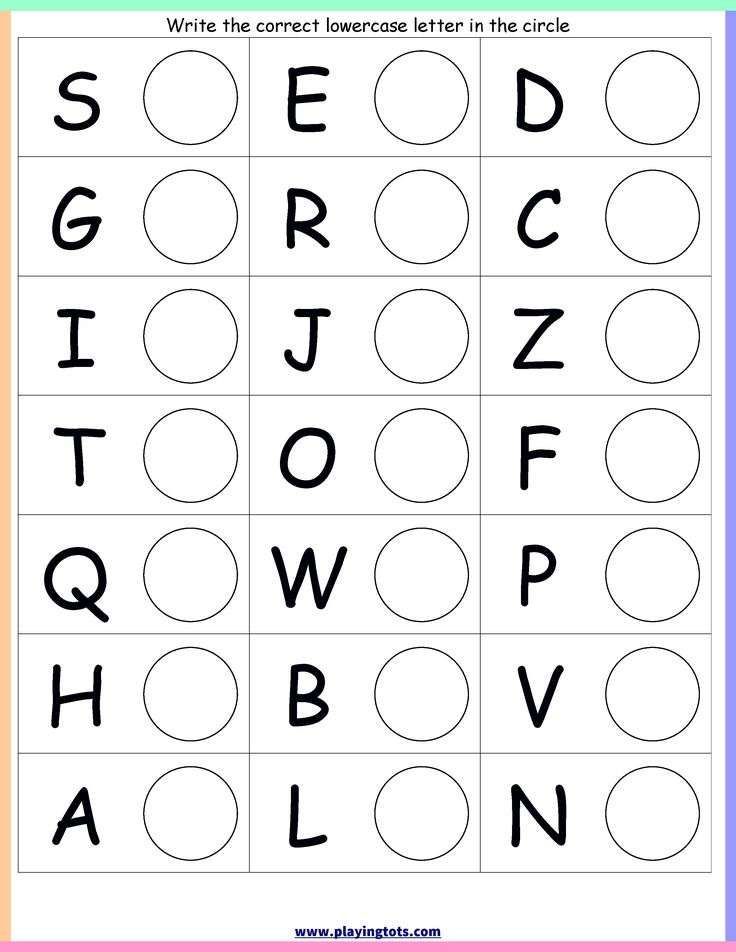 If your child isn’t learning the alphabet at the pace s/he should, one reason may be because s/he isn’t interested or is simply undergoing a minor setback.
If your child isn’t learning the alphabet at the pace s/he should, one reason may be because s/he isn’t interested or is simply undergoing a minor setback.
However, if your child is falling severely behind, it’s important to find out if your child truly has a problem learning or if it is nothing to worry about. Therefore, work one-on-one with your child to determine if there is a problem. For example, practice reading and writing with your child. If s/he is having a hard time comprehending the instruction or if it’s taking him/her an abnormally long time to do the task, consider talking with your child’s teacher about it.
In the end, if you suspect your child might have a reading or learning disability, discuss it with a doctor. If your child is truly suffering from a reading disability, it can cause him/her to fall behind in his/her education. The sooner you seek help, the sooner you will be able to find a solution that works for your precious little one!
Learn the Alphabet at a Top-Tier School!
So at what age should a child know the alphabet? Learning the alphabet is an ongoing process. That being said, it’s crucial to enroll your little one in a school that will not only teach him/her but also helps develop in him/her a love of learning.
That being said, it’s crucial to enroll your little one in a school that will not only teach him/her but also helps develop in him/her a love of learning.
Smaller Scholars Montessori Academy helps children become more confident, creative, and independent through the acclaimed Montessori experience. You can enroll your child in the toddler program, which is for kids between the ages of eighteen months and three years, or in the primary program, for children between three and six years. In both programs, children have a rich classroom environment in which they are encouraged to explore, learn, and thrive. Then, as children grow older, they can explore the elementary program for kids up to twelve years old.
What are you waiting for? Ensure your child learns the alphabet and how to read by enrolling your child in Smaller Scholars Montessori Academy! Contact them to learn more.
Writing Development by Age | Understood
Learning to write involves many skills. Kids need fine motor skills for handwriting and typing.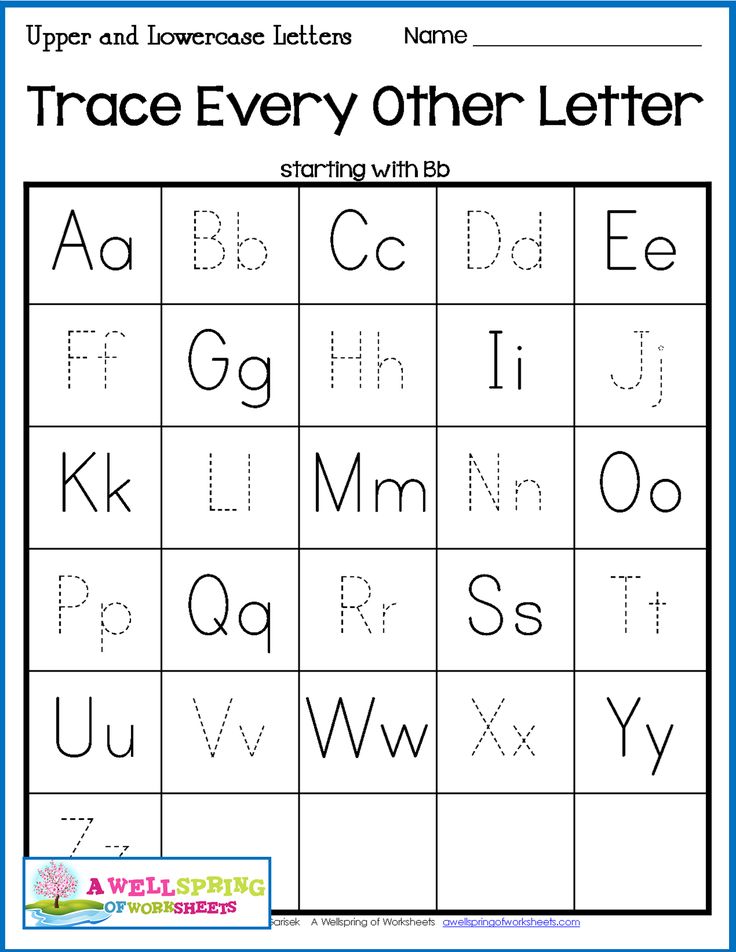 Getting words on paper also requires spelling and other skills closely related to reading.
Getting words on paper also requires spelling and other skills closely related to reading.
Explore related topics
Reading and writing
Writers need to organize their thoughts. As they get older, they’re expected to use more complex sentence structure and vocabulary. They also have to do more planning, drafting, and revising. Many kids have a tough time using these self-regulation strategies in writing.
Kids develop writing skills at different rates. But they tend to meet certain milestones by certain ages. Here’s how writing skills typically develop as kids get older.
Toddlers (ages 1–2 years)
- Hold crayon in clenched fist
- Understand that crayons are used for making scribbles
Preschoolers (ages 3–4 years)
- Draw wavy lines across the page that look like lines of text from a book
- Make distinct marks that look like letters and that are separated from each other
- Write some actual letters, especially the letters in their name
- May write their name
- May try different kinds of writing, like writing a list or a card
- May start to draw pictures and label them using letters or letter-like marks
Younger grade-schoolers (ages 5–7 years)
- Hold pencil correctly and form letters accurately
- Know the sounds letters make and spell words based on how they sound
- Spell some common words that aren’t spelled the way they sound (often called sight words)
- Use different endings for the same word, like walks, walking, and walked
- In kindergarten, label pictures with a few words and begin to write simple sentences with correct grammar
- By the end of first or second grade, write a page or more about personal experiences and what they’re learning in school
- May start using different types of writing, like narratives and opinion papers (“Why I liked this book”)
Older grade-schoolers (ages 8–10 years)
- Spell words using knowledge of prefixes, suffixes, and root words, like helpful, helpless, and unhelpful
- Write more complex sentences and use a variety of sentences to express ideas clearly
- Use different structure and content for different kinds of papers (narrative, informative, and persuasive)
- Understand the process of planning, drafting, and revising, and begin to use strategies for each of these steps
- May start to use source materials to gather information for writing
- May begin to type fairly quickly on a keyboard, if the school teaches this skill
Middle-schoolers
- Continue to develop typing skills, grammar knowledge, and vocabulary
- Write more complex narratives that describe personal experiences
- Cite sources in informative/research papers
- Write argumentative papers that support claims with reasons and evidence and that consider opposing positions
- Use strategies for planning and revising, including how to search for accurate information on the internet
High-schoolers
- Continue to develop typing skills, grammar knowledge, and vocabulary
- Write longer and more complex papers on various subjects (science, social studies, literature)
- Use planning strategies to search for and combine information from multiple sources
- Continue to develop strategies for revising
Remember that all kids are different. A child might do well with one skill but still be a little behind with another. Struggling with writing doesn’t mean kids aren’t smart. Some kids just need more support to thrive as writers.
A child might do well with one skill but still be a little behind with another. Struggling with writing doesn’t mean kids aren’t smart. Some kids just need more support to thrive as writers.
If you’re concerned that a child isn’t hitting many of these writing milestones, find out why some kids have trouble with writing.
Related topics
Reading and writing
Tell us what interests you
About the author
About the author
Gail Belsky is executive editor at Understood. She has written and edited for major media outlets, specializing in parenting, health, and career content.
Reviewed by
Reviewed by
Charles A. MacArthur, PhD is a professor of special education. He researches writing instruction, self-regulated strategies, and assistive technology.
where to start learning - we teach children to write beautifully in writing | Strength Fox
<
Why teach a child to write beautifully
- For the development of the brain.
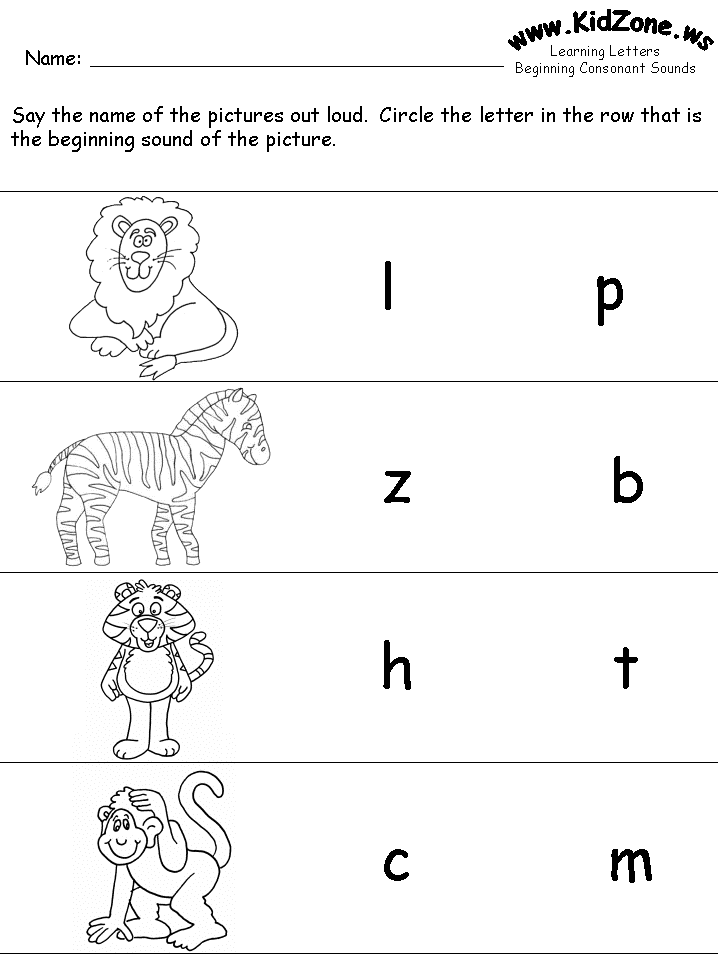 Calligraphy is an effective way to develop fine motor skills. It helps to avoid problems with the development of speech and thinking. The neural connections that appear in the process will take over the coordination of any precise and small movements. This will be useful for future surgeons, sculptors or biathletes.
Calligraphy is an effective way to develop fine motor skills. It helps to avoid problems with the development of speech and thinking. The neural connections that appear in the process will take over the coordination of any precise and small movements. This will be useful for future surgeons, sculptors or biathletes.
- For successful studies . Not only that teachers do not reduce grades for dirt in a notebook. Handwriting helps you remember the spelling of words better and helps you focus on what you are writing. In addition, calligraphy classes develop concentration, perseverance, willpower and self-control. All this is useful not only at school.
- To raise self-esteem . It's hard to learn how to write neatly. With the right motivation, the child's efforts will pay off. He will be able to be rightfully proud of himself, because he succeeds in what not everyone does.
- For self-expression .
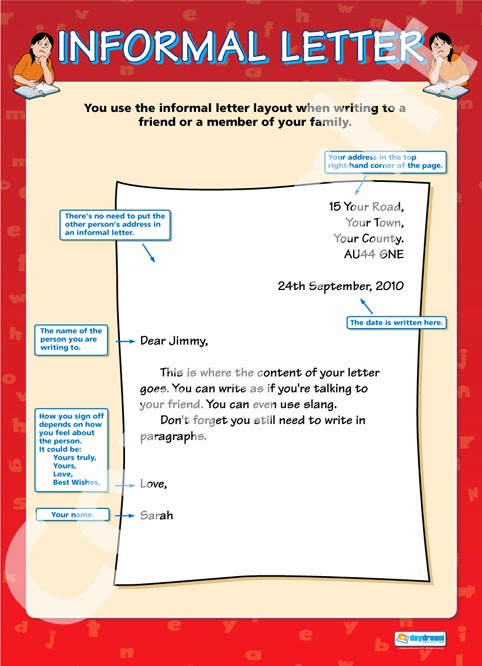 If you approach classes creatively, they will become an exciting game for the child. Perhaps experimenting with writing tools, colors and fonts will become his hobby - a great start for a future designer.
If you approach classes creatively, they will become an exciting game for the child. Perhaps experimenting with writing tools, colors and fonts will become his hobby - a great start for a future designer.
At what age to teach a child to write
Psychologists recommend teaching a child to write block letters from the age of five or six. But if the kid showed interest in the letter earlier, of course, you need to support him. Follow the interest of the child - do not try to impose classes on him if he is not ready for them yet.
<
It is not worth teaching a small child to write in cursive: this will be taught in the first grade. A preschooler will have enough possession of printed letters.
Where to start
Interest in writing appears when the child has sufficiently developed visual perception, speech, attention and memory. And of course, by this time he should be able to read.
Help to create a base for training:
- finger games;
- ball and dice games;
- constructor assembly;
- drawing, modeling, appliqué, puzzles;
- fastening buttons, buttons, Velcro, tying shoelaces;
- stringing beads;
- cutting vegetables.
To teach a child to write letters, it is better to use different channels of perception. It is important that he not only see, but also physically feel their outlines. Cards with rough letters will help with this - you can buy them, but it's better to do it with your child. Also try laying out the letters with ribbons, collecting them from sticks and sculpting them from plasticine.
These cards with letters on a rough surface are used in the Montessori system .Source: hendmeid.guru
We recommend starting each session with finger exercises. They help to awaken sensitivity and mobility. Massage with a prickly rubber ball or a su-jok simulator is also very useful.
They help to awaken sensitivity and mobility. Massage with a prickly rubber ball or a su-jok simulator is also very useful.
Su-jok is a plastic ball with small spikes and two prickly metal rings. They are used in oriental medicine to massage the palms.Source: 900igr.net
Exercise "Fist - rib - palm"
Three positions of the hand follow each other. Performed with each hand 8-10 times.
Exercise "House - Hedgehog - Castle"
"House" - fingers are connected at an angle, thumbs are perpendicular to the palms.
"Hedgehog" - the palms are at an angle, the fingers of one hand pass between the fingers of the other.
"Lock" - palms are pressed, fingers are interlaced.
Gymnastics "Rings"
The thumb is alternately connected into a ring with the index, middle, ring and little fingers with a gradually increasing speed.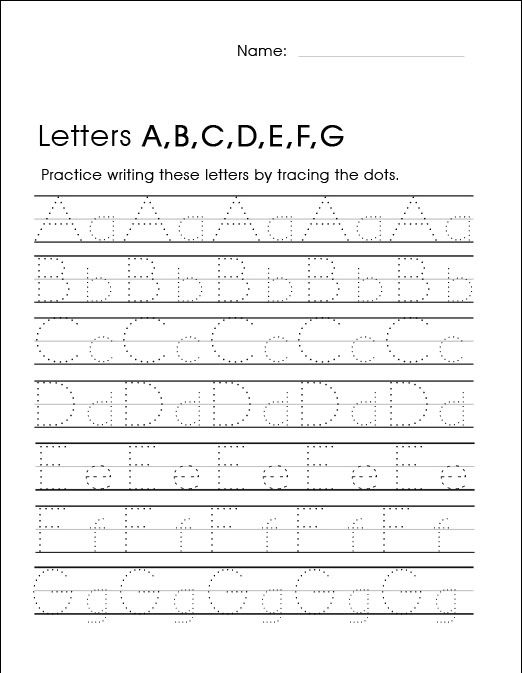 It is necessary to do both in the direct order - from the index finger to the little finger, and vice versa. First with each hand separately, then together.
It is necessary to do both in the direct order - from the index finger to the little finger, and vice versa. First with each hand separately, then together.
How to teach your child to write
Unlined sheets are suitable for starters so that the markings do not distract the child. Just give him pencils and offer to draw letters. Discuss the elements of a letter. Let him remember everything - a stick, a semicircle, a crossbar. At first, you can draw them separately, then try to connect them. At first it will come out wrong and crooked, but be patient. Praise your child for any attempts and mark the most successful ones.
Algorithm for writing block letters
It is best to learn to write with a pencil - this will help the child not be afraid of mistakes. In addition, the ink is not easily removed from clothes. To teach a child to write words, it is important to help him navigate the sheet. Suggest drawing something in different parts of the sheet, such as the top middle, the bottom right corner, or the center.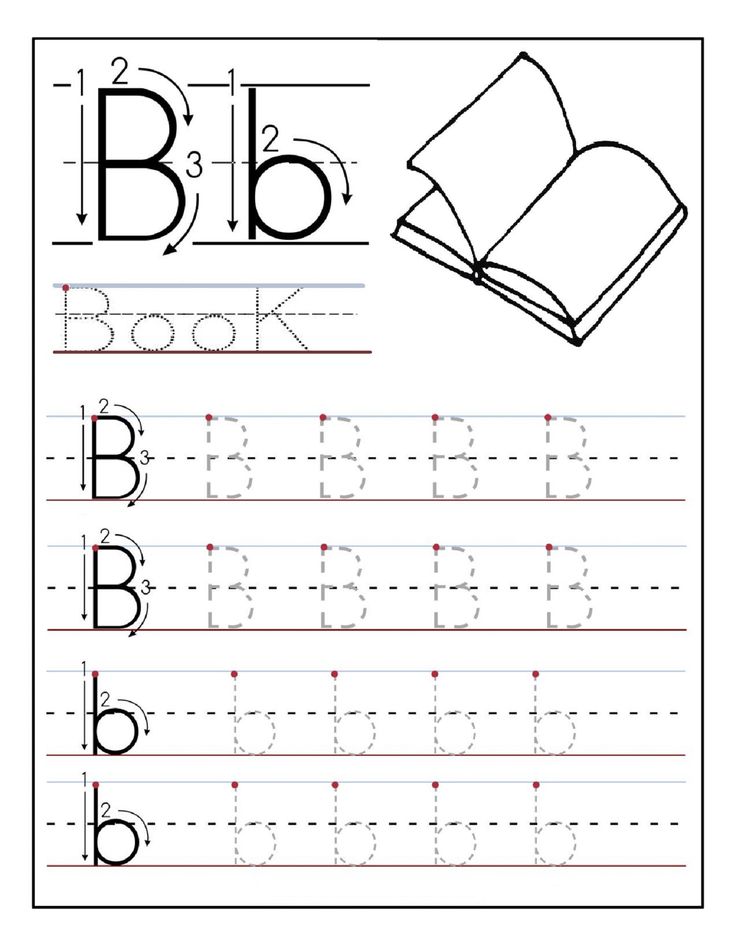
If the child is having a hard time, play “Fly” with him. Draw the sheet into nine squares. Separately draw a fly, cut it out and put it in the central square. Give commands: “The fly is crawling down!”, “Now to the left!”, “Up!” The child must move the fly as directed. If everything worked out, the fly is caught in a bag. If he mixed up the commands, she flies out the window.
When the child is comfortable with the directions, move on to the concept of stitches. Draw several lines with a large spacing and "land" the fly on one of them. Now invite the child to draw something above the line, below the line, down the line, up two lines.
After this step, proceed to writing letters, but be sure to discuss with your child what elements it consists of and where they are connected. The same should be done when discussing the combination of letters in words. On the sample spelling of words, bright dots can indicate important points. Then highlight the best letters, specifically focusing on the child's attention.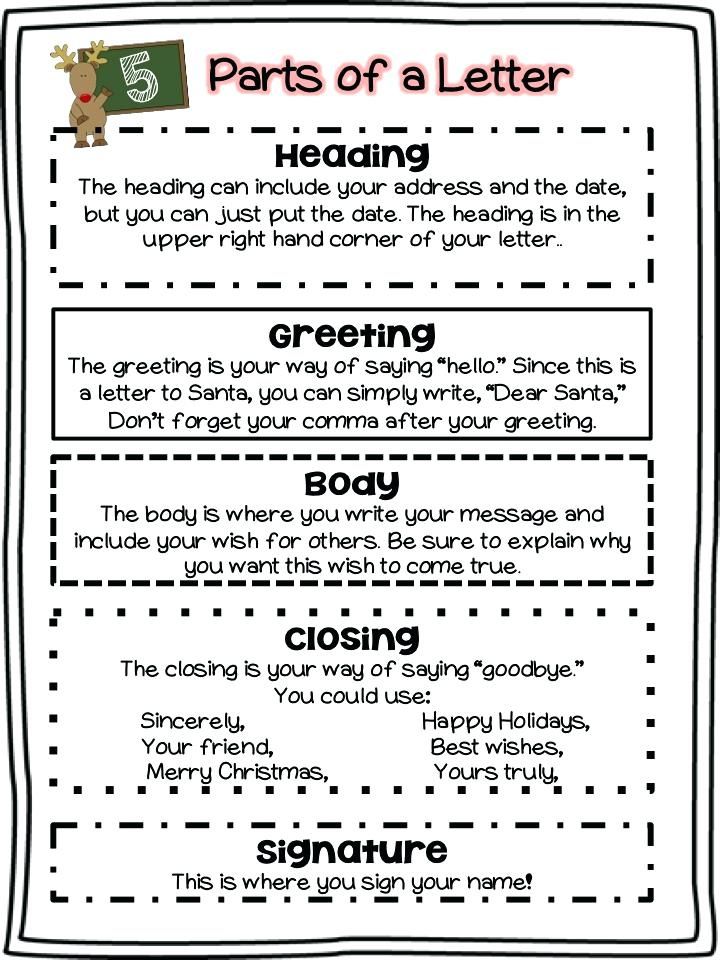
It is important to closely monitor his progress, help and encourage him. After class, be sure to discuss: was it easy or difficult? What worked out better? Why do you think? What else are we working on? This will help you evaluate progress for both you and your child.
How often do you need to study
A couple of lessons a day for 15 minutes is enough for a preschooler to master the lettering and not get tired. If you manage to organize classes in a fun and interesting way, he may want to spend more time with them.
Be sure to show your child how to sit properly and hold a pencil. Arrange a place for classes so that the child is comfortable, there is enough space on the table, and the light falls from the right side: for the right-hander - on the left, for the left-hander - on the right.
We wish you and your children inspiration and success!
Preschool development: how to teach a child to write letters | Child health | Zdorovye
Our expert — Maryana Bezrukikh, Doctor of Biological Sciences, Professor, Academician of the Russian Academy of Education, Director of the Federal State Budgetary Scientific Institution "Institute of Developmental Physiology of the Russian Academy of Education" (FGBNU "IVF RAO") .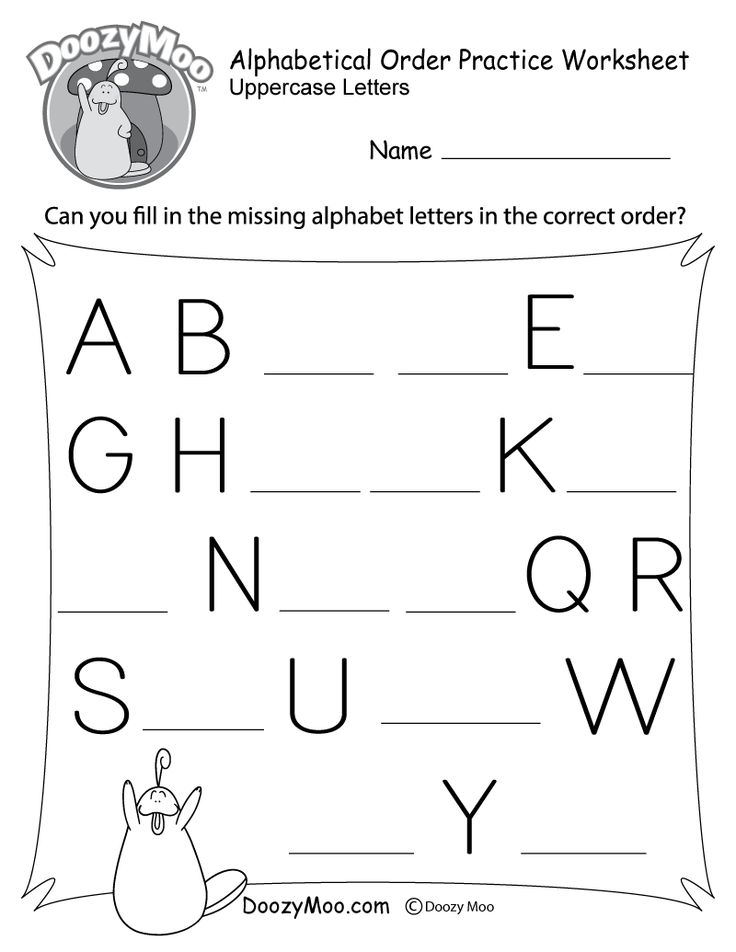
Milich Maya, AiF.ru: At what age is it better to start teaching writing?
Maryana Bezrukikh : Children should not be taught cursive writing before school. This is a very complex process in which everything is important - the correct fit, and the correct position of the handle, and the way of explaining, and the sequence of studying letters, and much more. But preparation for writing, learning to write in block letters can be one of the areas of work with preschoolers 5.5–6.5 years old.
Comprehensive preparation for learning to write should include the development of motor skills, attention, visual perception, visual memory and other functions. This may be, for example, the development of a child from the age of 4–5.
Usually by the age of 5 or 6, children are ready to learn to print. Therefore, at this age, you can already explain to them how letters are written correctly, show and explain the principle of writing printed letters.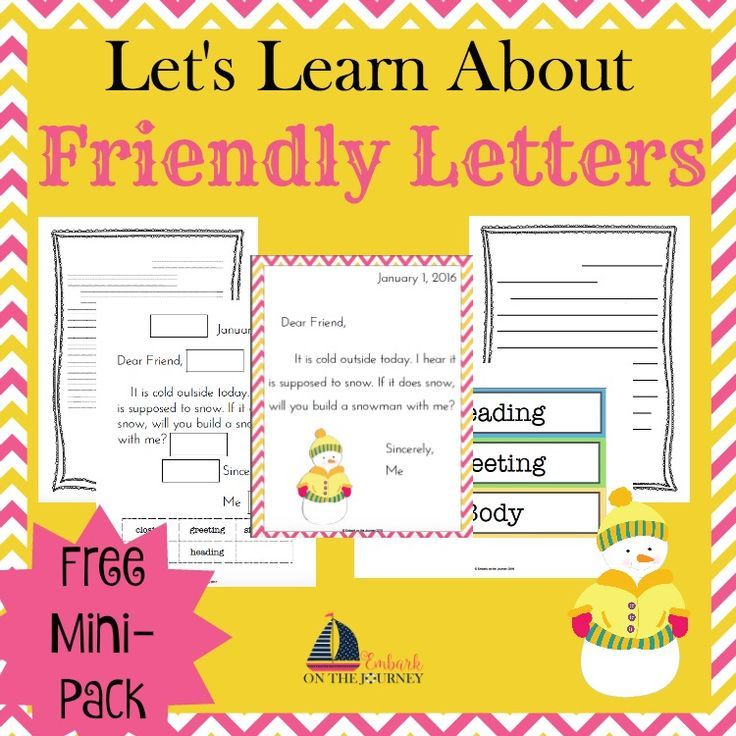
Organization of lessons
— How best to present the learning process for a child? As a game or, on the contrary, as a serious process?
— All preschool activities and preschool activities are conducted in a playful way. But learning to write at school requires a lot of concentration, so when studying at school, these are not gaming activities.
In general, learning to write is a very complex and difficult process. Children often have difficulties associated not only with insufficiently developed motor skills, attention, visual memory, etc., but also with haste, with a very high rate of learning letters, with requirements for high writing speed, with an incomprehensible explanation.
— How long and how often can I study with a preschooler?
— Preschool writing classes can be daily, but only last 10-15 minutes.
Particular attention must be paid to the correct fit, the correct position of the handle.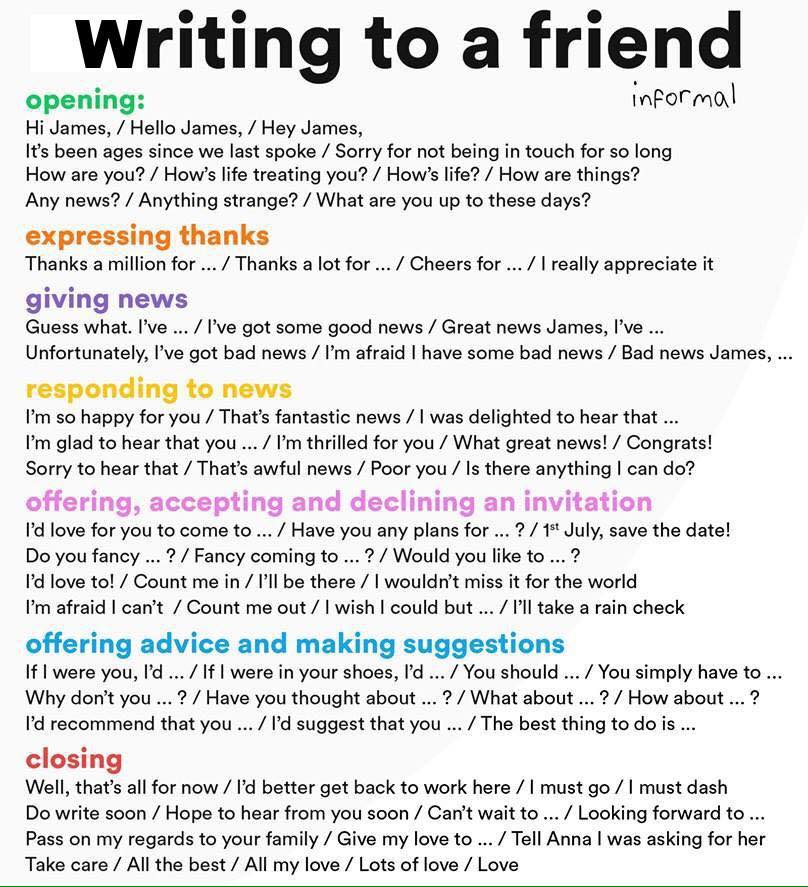 The sequence of "steps" to prepare for the letter is described in detail and in detail in special manuals and books that can help parents.
The sequence of "steps" to prepare for the letter is described in detail and in detail in special manuals and books that can help parents.
Failed!
- Does it make sense to force a child to write if he does not succeed?
- A preschooler should not be forced to write, especially if "it doesn't work out". It is better to pay attention to the preparation for the letter.
But if older children, for example, first-graders, have difficulties in learning to write, it is necessary, together with the teacher, to understand the causes of the difficulties and find the most effective measures to help.
— What mistakes do parents most often make when they teach their child to write on their own?
- The main mistakes are the replacement of preparation for writing by learning and haste, the desire of parents to teach the child to write as quickly as possible.
At the same time, parents should not forget that writing is the most difficult skill that is formed slowly and for a long time, over the course of three to four years.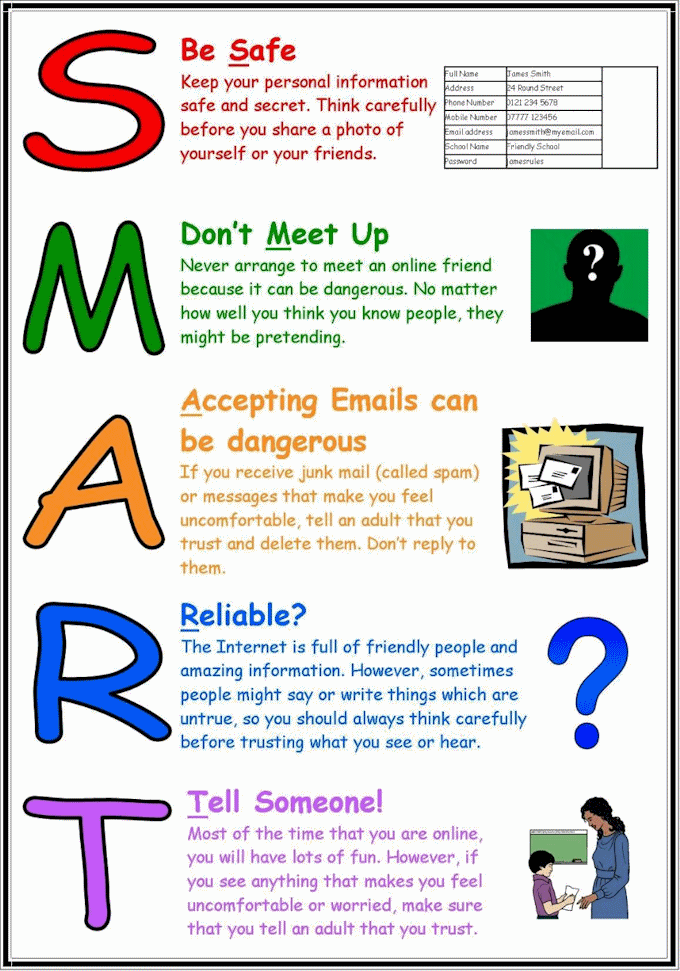
Copybooks
— Copybooks are still an up-to-date and effective way to teach a child to write beautifully?
— Yes, copybooks allow you to form the "technical" side of the letter, the correct spelling of letters and their connection. However, now there are many different recipes, and not all of them correspond to the age capabilities of children. And I note that it is not recommended to use prescriptions at preschool age.
— By what age does a child develop a writing style?
- The "manner" of writing is the stability of the correct execution of all letter elements, their height and width, the slope of the lines, the way letters are connected, connectivity and other indicators.
For the majority of modern schoolchildren, these indicators are unstable even by the fourth grade. This means that the writing skill is not formed.
Ugly handwriting?
— Why do they learn to write everything in approximately the same way, the letters are written in the same copybook, but everyone has different kidneys?
— Differences in handwriting between children are due to two factors. The first is the maturity of the physiological functions of each individual child, the second is the method of teaching writing. There are different approaches to teaching, different methods. In addition, the individual characteristics of the child's nervous system, his working capacity, and his state of health play a role.
The first is the maturity of the physiological functions of each individual child, the second is the method of teaching writing. There are different approaches to teaching, different methods. In addition, the individual characteristics of the child's nervous system, his working capacity, and his state of health play a role.
Tips for parents
Show your child how to hold a writing object correctly — the pen should lie on the upper phalanx of the middle finger and be fixed with the thumb and forefinger. In this case, the thumb should be above the index finger, and the tip of the pen should be oriented towards the shoulder.
For learning to write, get a special notebook or album - do not use lined paper.
At first, draw simple elements with your child : vertical sticks, sticks with rounded top and bottom, circles, and so on.
Try to visualize any information - when studying a letter, show it in pictures, show how the studied letter is written, while your hand movements should be slow and should be visible to the child.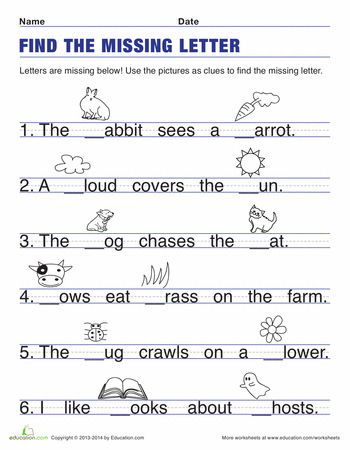

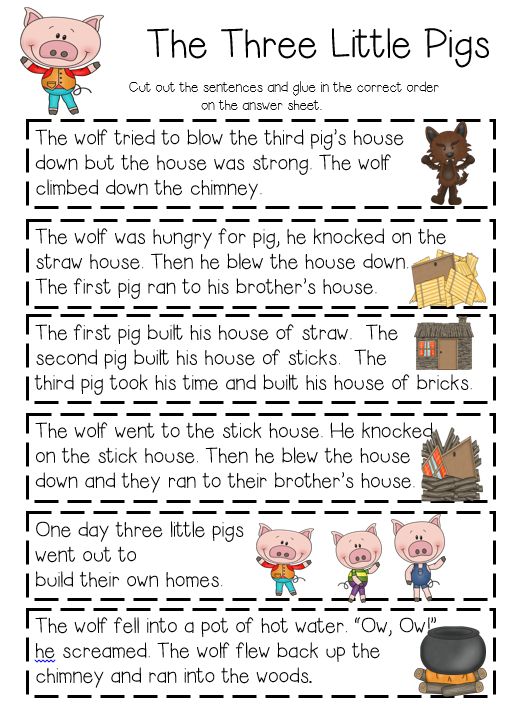


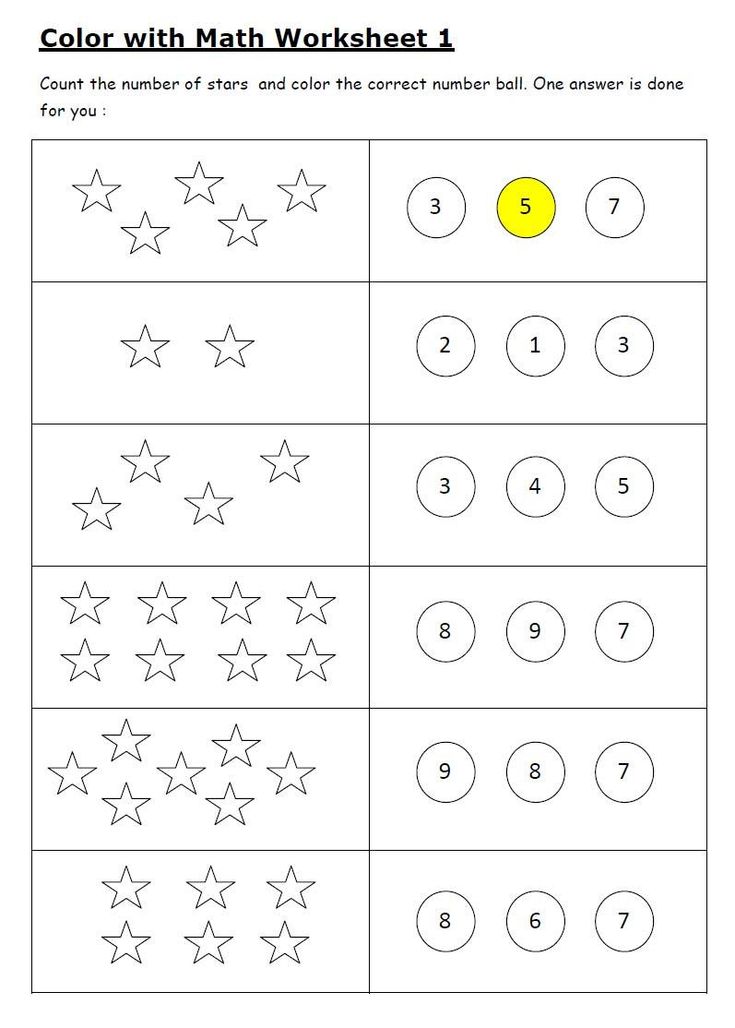


:strip_icc()/pic1109553.jpg)
